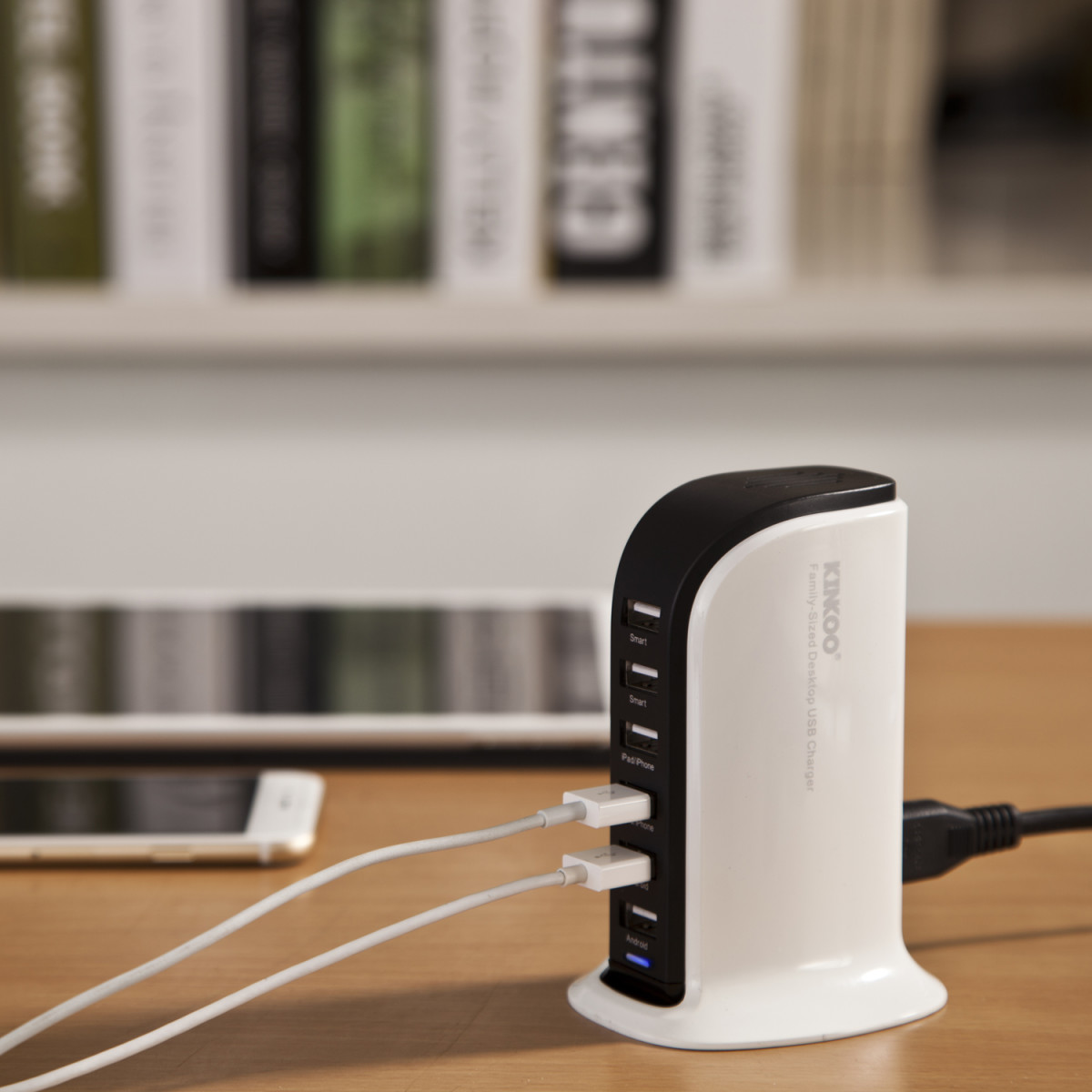Why a one size fits all Single Sign-On won't work today
Ever imagined living without your mobile phone? It definitely would feel good to run away from the constant buzzing of the phone for a little while but for most people that’s just dream. Even if some people do realize that dream, it’s definitely going to be a short one.
Grasping that smartphones are your customers’ constant companions, it is only intuitive that your customer’s smartphone is always a part of your marketing and tech strategy irrespective of whichever solution you are preparing to employ. And the same goes Single Sign-On. A true Single Sign On is extremely hard to find or even describe considering different people interpret it differently, it is important to understand how different Single Sign-On solutions work and which one you need so you can provide your customers with the same seamless experience on their mobile phones as well.
Well, it is a common misconception that the only difference between Enterprise Single Single-On and Web Single Sign-On is the environment in which they are deployed to work. Well, that’s a fallacy and if you think you can pick an Enterprise Single Sign-On product and just translate it to Web Single Sign-On, you are deeply mistaken. Enterprise Single Sign-On solutions have an architecture made of agents installed on each of the network’s workstation. Such an architecture is not possible in case of web interface Single Sign-On for obvious reasons. If you are looking to implement a Single Sign-On application for your business, a Web Single Sign-On solution would be the obvious choice but not sufficient. Web Single Sign-On solutions are mostly Security Assertion Markup Language (SAML) based which is not enough when you are talking about reaching mobile devices. SAML is one of the most preferred technologies when it comes to Federation and Single Sign-On but it still recognizes every end user as a web browser which might not always work in case of mobile devices since apps have already taken over smartphones. For your Single Sign-On solution to cover mobile devices, it is important that it support the OAuth 2.0 standards which is app-friendly and defines mobile use cases as well.
But that’s not all, password fatigue is one of the reasons to implement a Single Sign-On and, contrary to general belief, it is just one minor factor. Security is a key consideration while implementing Single Sign-On and the same checkboxes found in a web browser based setup don’t apply to a mobile environment. On a mobile device, the quotient of user-friendliness needs to be much higher than on a desktop based web browser considering the geometry and usage of the smartphones. For this reason, it is important that the Single Sign-On solution employ a multi-factor authentication or an on demand one time password for improved security. Also, it goes without saying that a Risk based authentication system also be employed in order to further improve the security. The topography of the internet or rather the Internet of Things is fast changing and a one size fits all approach simply doesn’t work anymore.








